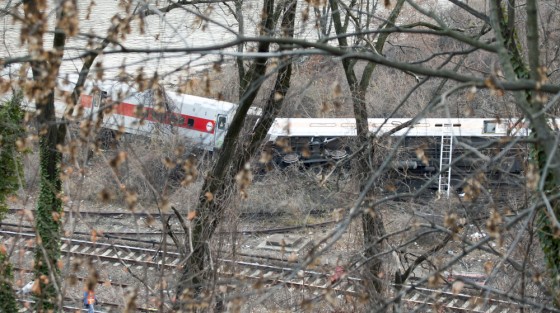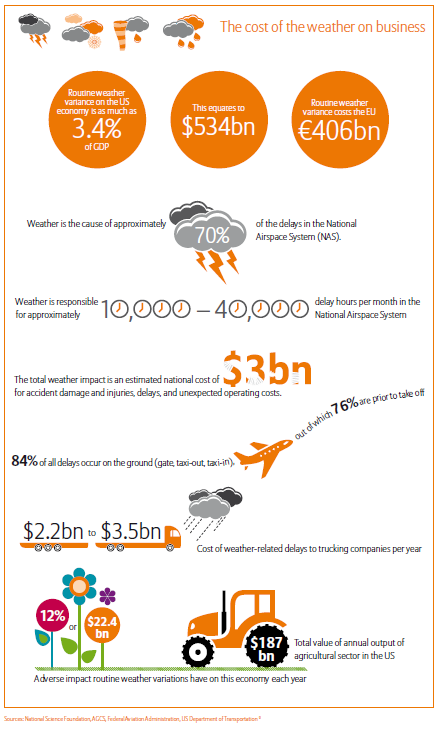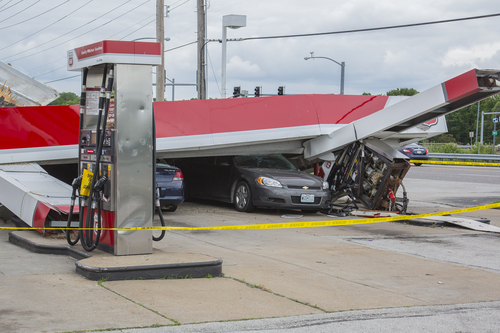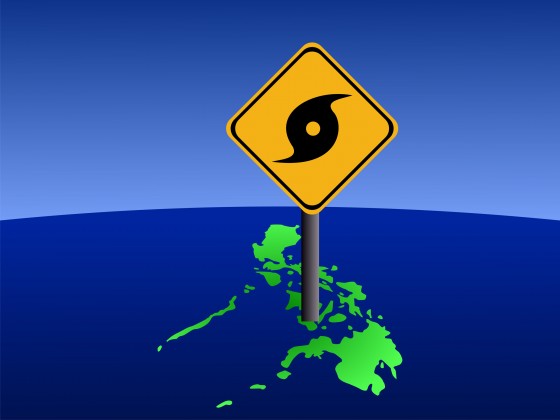At 7:20 a.m., Dec. 1, four people died and more than 68 were injured, 11 critically, when a speeding passenger train headed for Grand Central Terminal derailed on a steep curve.
Brake failure was cited as a possible reason for the crash, but inspections determined that the brakes were in good condition. The train’s operator, who recently had been switched to an early shift, later said he may have dozed off, failing to apply the brakes in time to avoid the crash.
The derailment is of special interest to me. The Hudson line is the one I take to work every day and is the same line that suspended service in July when 10 CSX garbage cars derailed near the same location, just north of the Spuyten Duyvil train station.
This week the Federal Railroad Administration cited the MTA’s safety record as “unacceptable.” The agency noted a series of other recent major accidents on the commuter railway: a two-train derailment May 17 in Bridgeport, Conn., where more than 70 people were injured, the death of a track worker in West Haven, Conn., who was struck by a commuter train, and the CSX train derailment, according to DNAinfo New York.
The Associated Press said that injuries from train accidents on Metro-North are higher this year than any of the past 10 years, with 123 people injured in train accidents through August. A 2012 report by the Government Accountability Office found human error to be the cause of almost one-third of train accidents from 2000 to 2009.
The question being asked is why a safety measure—an automated system that would stop a train that is out of control—was not in place, even though “positive train control” has been called for by the national safety board. In response to several fatal accidents and to combat human error, The Rail Safety Improvement Act of 2008 mandates that positive train control for passenger and freight trains be operational by Jan. 1, 2015. Because of the costs to install the technology, estimated between $6 billion and $22 billion, however, Congress is considering an extension of the deadline until late 2018.
The GAO report described positive train control as a system designed to prevent accidents caused by human factors, including train-to-train collisions and derailments that result from trains exceeding safe speeds. It is also designed to prevent incursions into work zones and movement of trains through switches left in the wrong position.
While its safety record leaves much to be desired, the MTA was fast to resurrect its contingency plans. On Monday, thousands of commuters were transported by bus from the Yonkers train station to a Manhattan-bound subway. I made the trip, which was seamless but understandably slow-going. It took me two-and-a-half hours to get to work.
A standout were the first responders. They were fast to arrive on the scene, rescuing people from damaged cars and getting them to area hospitals. Responders and spokespeople were articulate, and did not speculate as to the cause of the crash. They were impressive.
As of yesterday service on the Hudson Line is fully restored.
This is an amazing feat considering that the train cars had to be removed by cranes from a tight section of track flanked by the Hudson River and a steep rock embankment, all during an intense investigation. Sections of damaged track also had to be rebuilt.
Yesterday’s train ride was thankfully uneventful and today’s even more so, but there was a sad reminder of the disaster on both days, when the train came to a crawl as it approached the deadly curve at Spuyten Duyvil. Another reminder was several pieces of heavy equipment used for cleanup, still sitting near the tracks.




